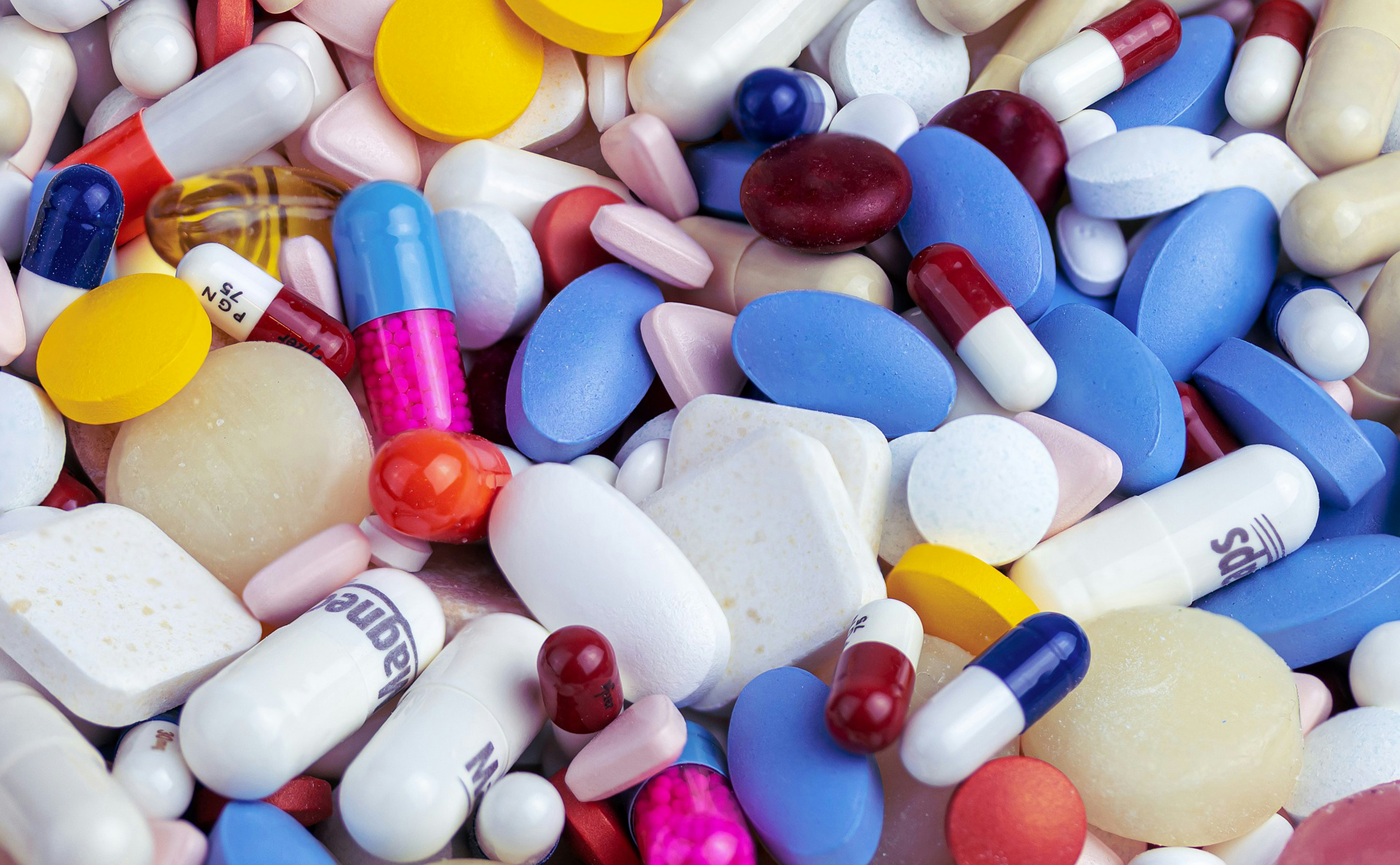Introduction:
Dual Diagnosis refers to the co-occurrence of a mental health disorder and a compound usage condition in someone. Both of these problems usually occur simultaneously and that can complicate the therapy process. This report aims to provide an extensive overview of Dual Diagnosis, including its prevalence, threat elements, Dararehab says effect on individuals, and available treatments.
Prevalence and Risk Factors:
Scientific studies indicate that Dual Diagnosis is typical, with an important percentage of people struggling with both psychological state and substance usage conditions. Analysis suggests that approximately 50percent of people identified as having a severe mental infection likewise have a substance use disorder. Additionally, people with compound use problems may develop a mental wellness disorder compared to those without these types of problems.
Several risk factors subscribe to the introduction of Dual Diagnosis, including hereditary predisposition, environmental factors, injury, and your individual history with psychological state or substance abuse. It is critical to deal with these danger factors during assessment and therapy procedure to make certain efficient maintain individuals with Dual Diagnosis.
